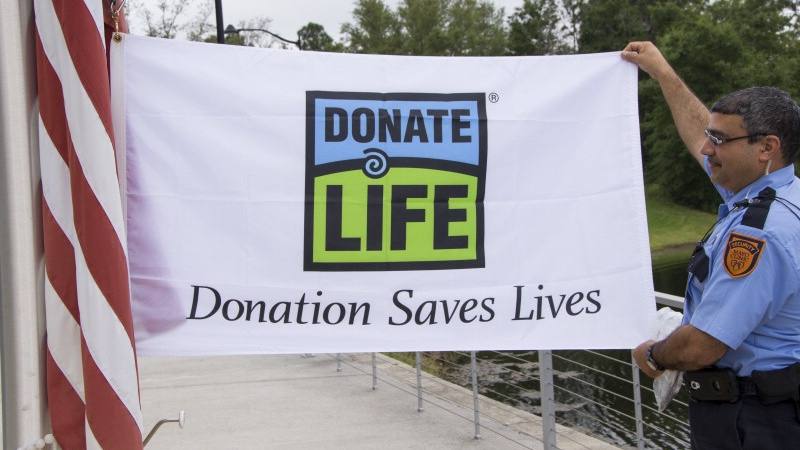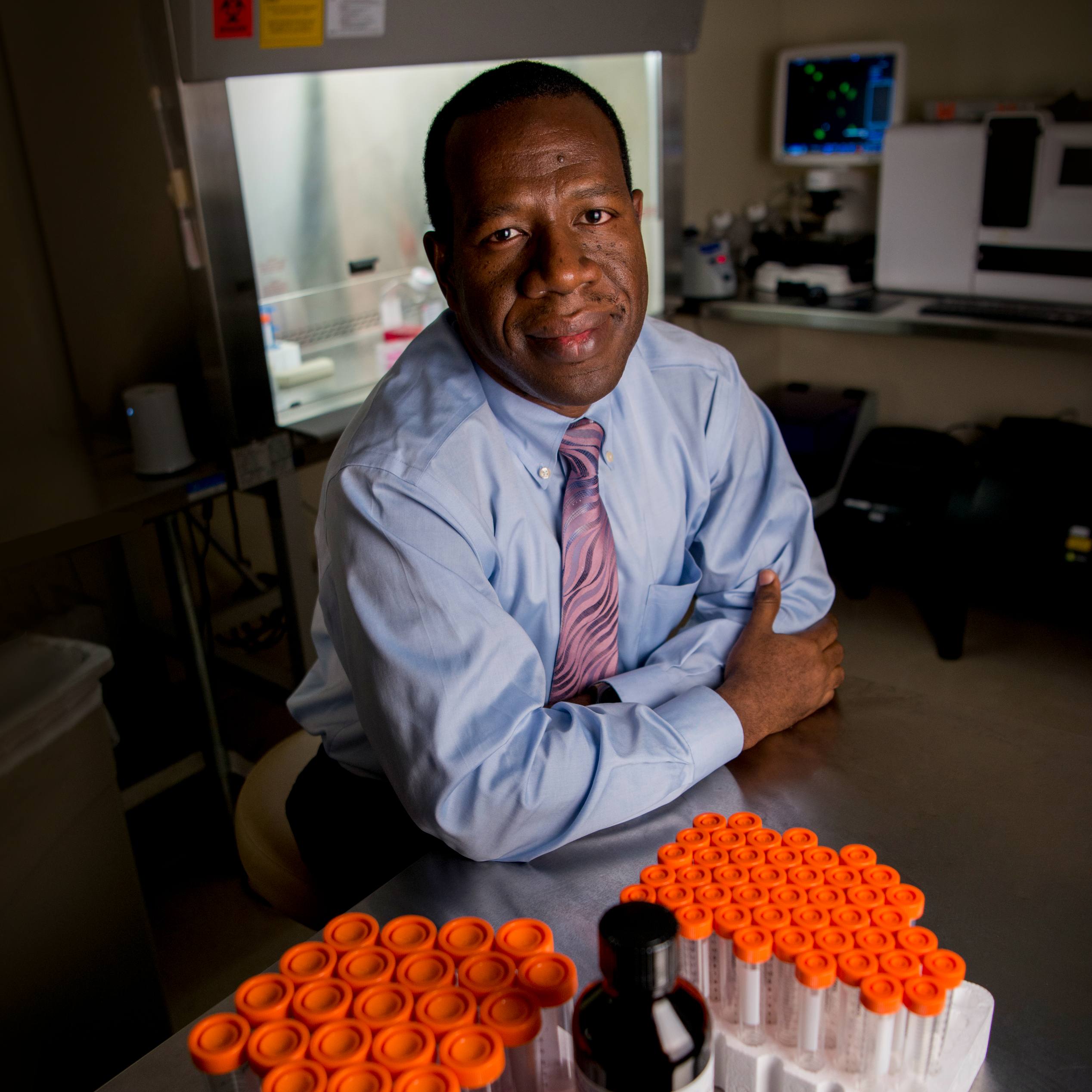-
Diversity
Consider organ donation during Donate Life Month

More than 105,000 people in the U.S. are currently waiting for an organ transplant according to the Organ Procurement and Transplantation Network. Sadly, an average of 17 people die daily waiting for a transplant, while another name is added to the waiting list every nine minutes. While 2022 set a new annual record with the number of organ transplants being performed, less than 50% of all adults are registered as organ donors, according to LifeSource.
April is National Donate Life Month. Donation while living or after death is a selfless gift that has the potential to save lives. A single organ donor can save up to eight lives. Tissue donors can help heal up to 75 people. People who donate their corneas can restore sight to two people. Anyone can register as a donor, regardless of their age.
Innovations in health care mean that people with certain chronic conditions, including cancer and hepatitis, are eligible to donate as well.
More diverse donors are needed
Approximately 60% of people on the waitlist for a transplant are people of color. More than 30,000 Black patients are waiting for a transplant, followed by more than 22,000 Hispanic and Latino patients.
"Since organs are not matched based on race and ethnicity, people generally have a better chance of receiving an organ when more individuals, from all racial and ethnic backgrounds, become donors," says Tambi Jarmi, M.D., division chair and medical director of the Kidney and Pancreas Transplant Program at Mayo Clinic's Transplant Center in Florida.
Dr. Jarmi adds that fewer donors in general and specifically diverse donors mean people of color may have longer wait time before receiving a lifesaving transplant. "This is another reason why some patients choose to try to find a living donor," he says.
Living donation for kidney and liver transplants
Kidney donation is the most common type of living-donor transplant. Donors give one of their two healthy kidneys to the recipient. People only need one kidney to live a healthy, active life. In 2022, more then 6,400 lives were saved thanks to the generosity of living donors, according to Donate Life America.
If a potential kidney donor who wants to give to a family member or friend isn't the best match for that recipient, a paired donation is considered. Donors and recipients are matched with other donors and recipients, creating a so-called kidney chain.
A national registry is available to help reduce access barriers for prospective donors.
In addition to kidneys, people can donate a portion of their liver to someone in need. The donor's liver regenerates to full size in about three to four weeks.
All potential living donors undergo a medical evaluation to ensure they are suitable for donation. Living donors must be 18 or older and have good physical and mental health.
Technology advances affect organ availability
Recent research and technology advancements are transforming the field of transplantation, including finding ways to get organs to people who desperately need them. Among the major advances is perfusion technology, which allows more time between organ retrieval and transplant.
"There are also advances in medical therapy that are offering hope for some patients to avoid the need for a transplant in the future. But, for now, we need more people — from all backgrounds — to become organ donors," says Dr. Jarmi.
To learn more about signing up to be an organ donor, go to the Donate Life America website.







